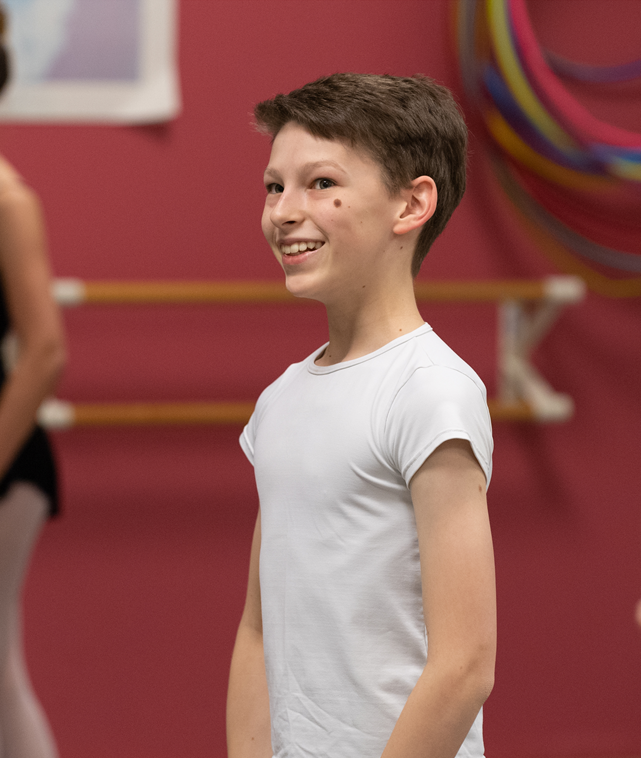Teaching Tips
Cecchetti Ballet Teaching Tips
Submitted by Karla Harris
Reverence – In my own teaching I feel the need to impart the feeling of reverence for the Cecchetti method of ballet – both to the teachers and students I coach. Cavalier Enrico Cecchetti (1850-1928) formulated a ballet method, “classic in its purity and clear-cut style; it is classic in its strenuous opposition to all extravagance and fussiness of movement; it is classic in its insistence on the importance of line.”* We, as teachers of this wonderful method, have the opportunity to create a strong, clean base for our students of ballet. I continually marvel at the improvement in my dancers that have consistently studied the Cecchetti Method.
Etiquette – I also feel the need to teach the students the etiquette of taking a classical ballet class – not just the order of a class – barre, center, etc, but the gentility and civilized manner of ballet. The polite acceptance of all corrections in class as your own, the silence and attentiveness needed to hear and see the corrections, the striving for perfection, the respect for teacher and other students in the classroom, and the mode of dress and manner handed down through the ages. We must never lose the order and mode of a pure classical ballet class. It has so much to teach us about life.
Detail – It is exhausting to be relentless, however I feel this is a necessary tool for a ballet teacher. “…Cecchetti laid down that it is more important to execute an exercise correctly once, than to do it a dozen times carelessly.”* We must be diligent and consistent in our corrections. It is so much easier to learn correctly first than to have to undo it later.
* taken from “The Cecchetti Method” written by Cyril W. Beaumont
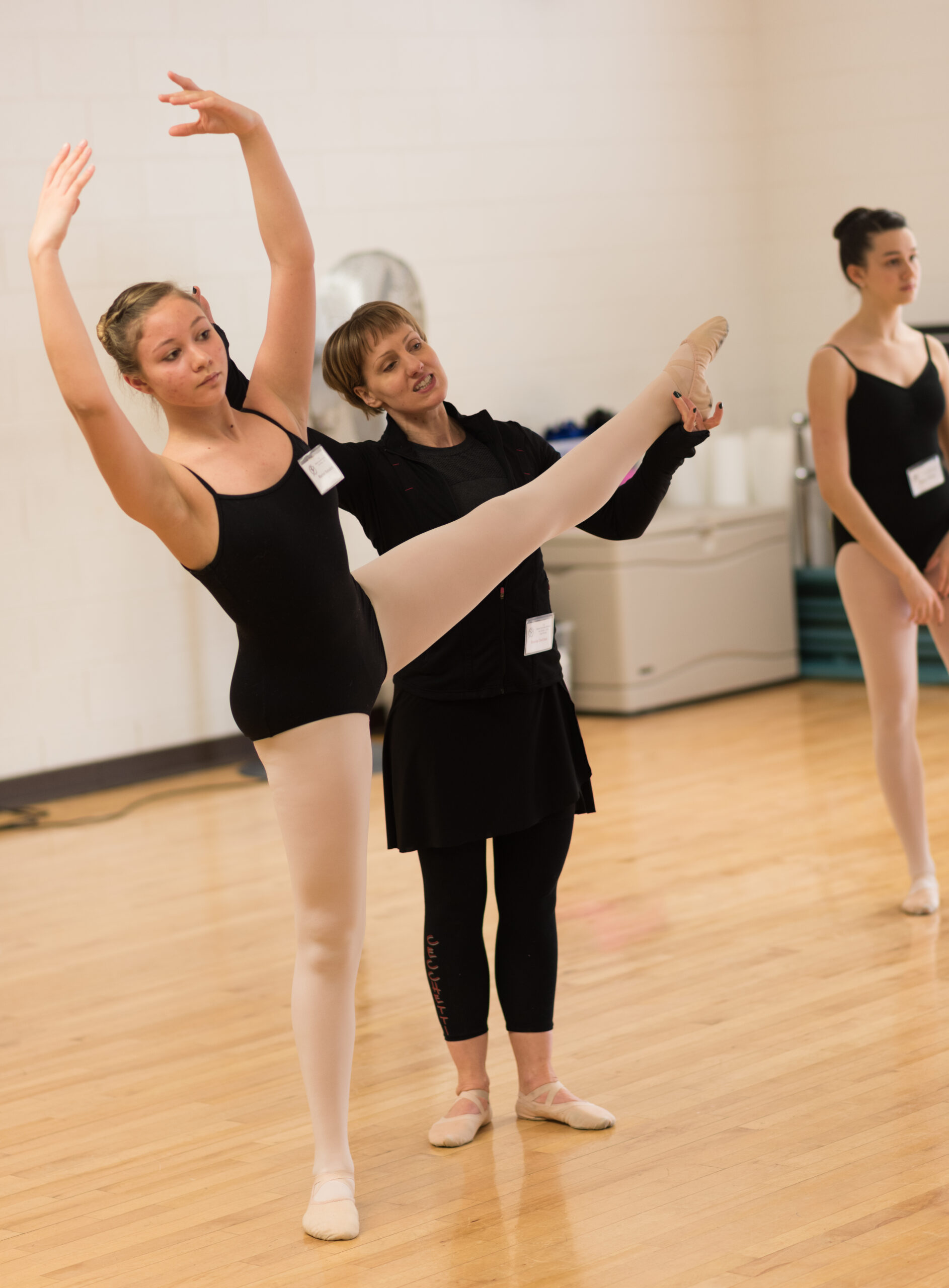
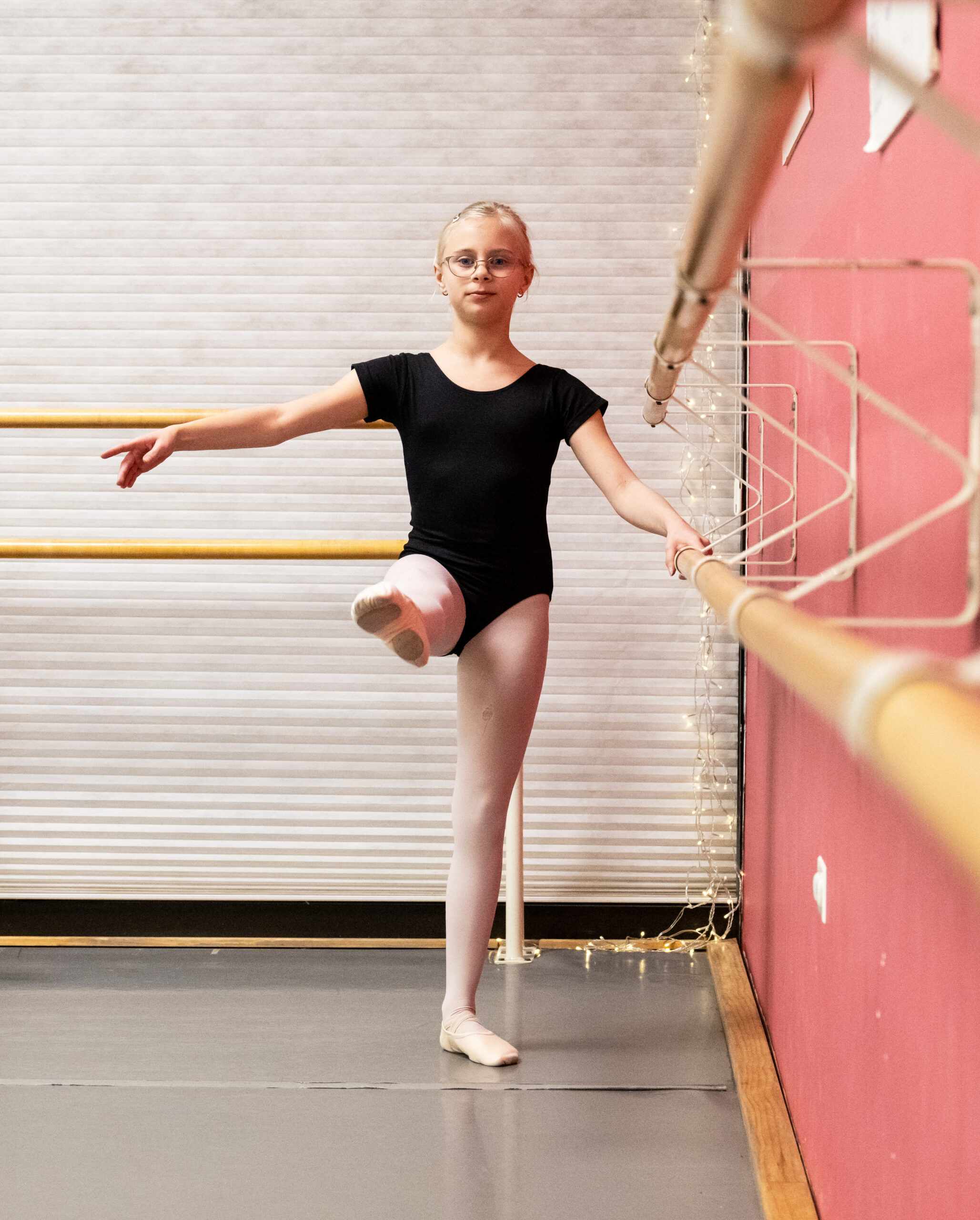
Excellence in a Cecchetti Examination
Submitted by Karla Harris
As I was looking through my many papers involving Cecchetti ballet exams, I found some interesting and valuable material. The following phrases are taken from written material I’ve saved over the years.
Thoughts on practice for exams:
- Posture – alignment … from the side and front
- Positions of the feet, theory of the feet
- Turn out – from the hip
- Hips square – shoulders and ribs
- Inner lift – centered
- Straight legs … must feel stretched legs at hip, knee, ankle & through the body
- Pointed toes … stretched insteps, stretched toes
- Positions of the arms … curve of the arms … three hollows of the arms
- Movements in dancing
- Points of the practice room
- Focus
- Learn to think for yourself – make your own mistakes
- Set goals … achievements – progression
- Translations of French terms
- What does it mean to “apply your theory?”
What are some of the values of working on an exam?
- To develop self discipline
- To learn how to work towards specific goals
- To learn organized procedures
- To learn patience and to realize it takes many hours to achieve your goals
- To work for the finer details, which create excellence in the final result
Knowing and striving for the many details required on an exam, the dancer will have an experience of great value for her/his study in other subjects as well.
Grade I Necessities
Submitted by Connie Lawrence
Posture, posture, poise and more posture are of utmost importance for Grade 1 candidates. If you haven’t taught your students how to enter the room…stand in first position, with impeccable alignment, placement, turnout, posture and presence…go back to your Manual* and look, study and teach them again.
They need to be told and taught that a bun is standard protocol; that pink tights (without runs or holes), black leotards and confidence are mandatory. You can’t fake technique and you’re not going to fool the examiners with your personality and award-winning smile. But that’s why we love it, isn’t it? It’s discipline, it’s hard work and you can’t pretend to be graceful without the time, patience and guidance from your Cecchetti ballet teacher/coach.
*Manual – A Manual of the Theory and Practice of Classical Theatrical Dancing (Cecchetti Method) by Cyril W. Beaumont and Stanislas Idzikowski
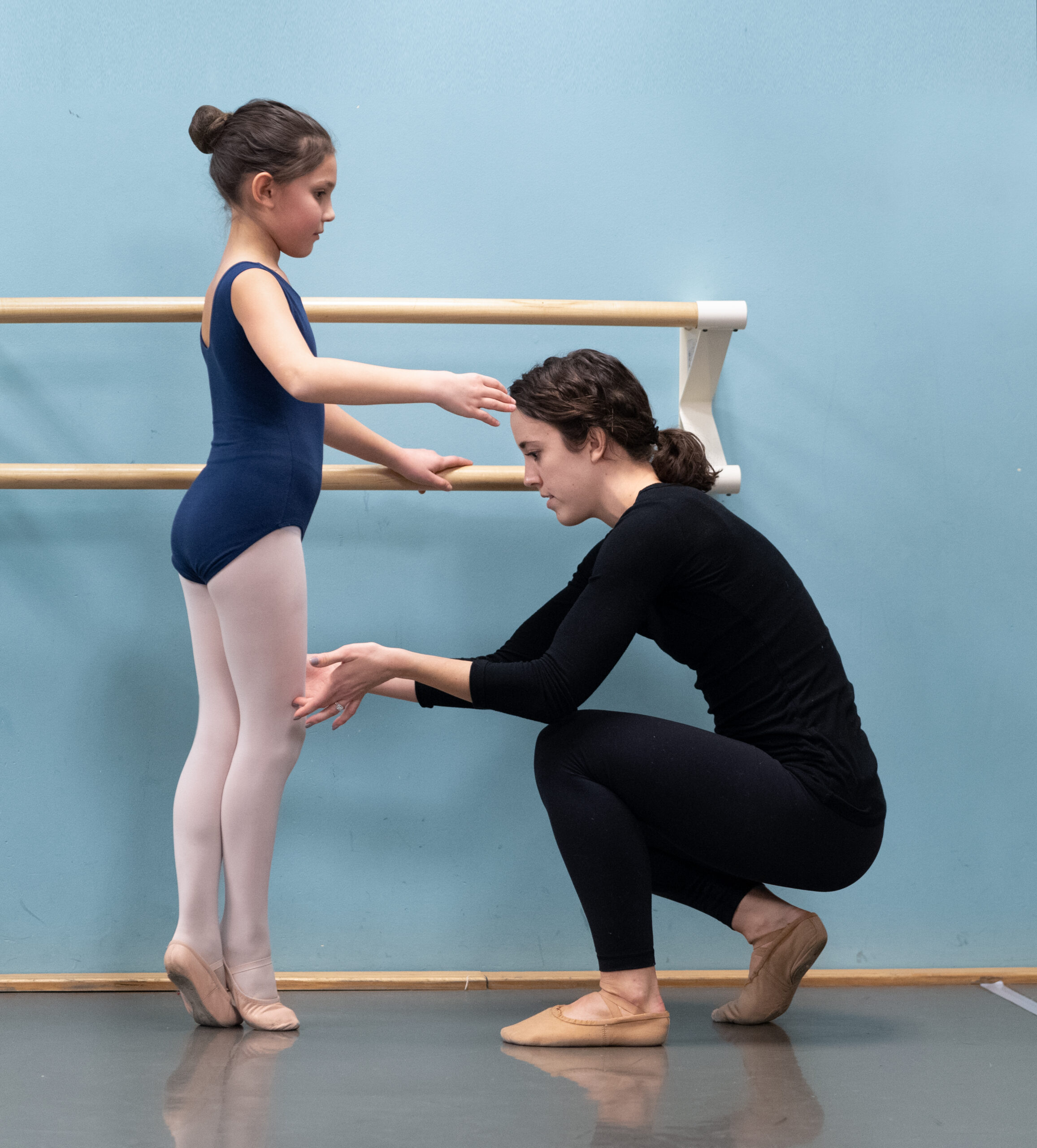
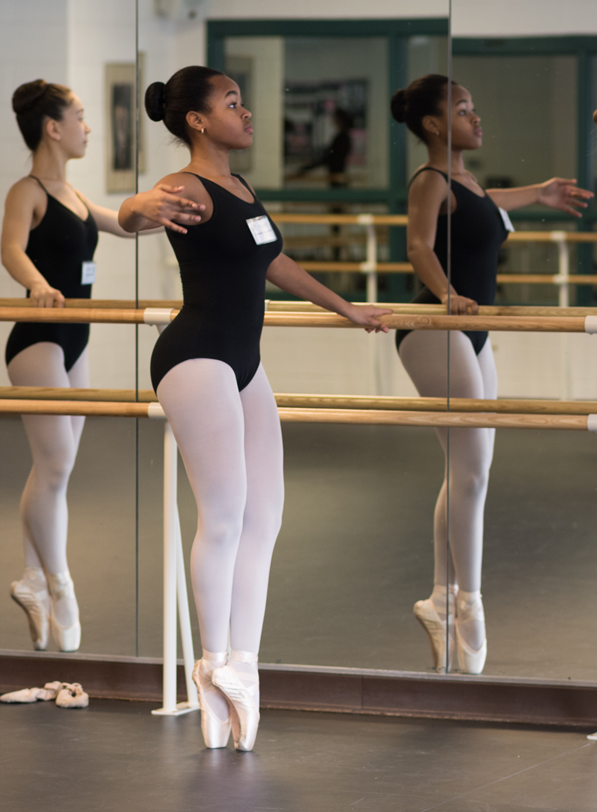
Tips for Stunning Student Exams
Submitted by Tammy Sreniawski
- Arrive early. Warming up is essential.
- Dress neatly as if the exam were a performance.
- Be respectful of the examiners. Do not speak during the exam session unless the examiner directs a question to you. When answering, speak clearly.
- Know your theory. Review and quiz your classmates well before the exam session.
- Be able to answer questions like: What is ballet? Who was Enrico Cecchetti?
- Listen carefully to the examiners’ directions during the exam session.
- Thank your teacher once you pass your exam.
Tips and Tricks for Teaching Syllabus to Your Younger Dancers
By Allison Kurtz Volkers
“…but Miss Allie, we did plies laaast week!”
As teachers, we all recognize the value of repetition, particularly in our exam-tracked classes. This value can sometimes elude our younger students as they work toward memorizing their Cecchetti syllabus. With a little imagination, however, a good teacher can teach plies week after week and still keep things exciting, fresh and new!
- Try new metaphors! In any dance class, a creative metaphor can be the key to deeper understanding of a concept or exercise. During echappe releve, imagine you are on a lawn sprinkler turning on and off (for that up and out feeling). For port de bras, paint pretend pictures on the palms of your hands and show them to the audience as you carry your arms (to keep pinkies down). You can also extend the metaphor: Blow up bubbles during plies, polish the floor during tendus, and dry it off with a swift push during degages.
- Sing, sing, sing! As teachers, we’ve all talk-sung through exercises to emphasize musicality. Take it one step further and teach the song to your students. Singing can help reinforce patterns and qualities, depending on the lyrics you select (“side of the knee, un-fold and streeeeetch…”)
- Pop Quiz! Want your students to learn their vocabulary? Have pop quizzes in class, then let your children grade each other’s papers with fun colored markers and stickers.
- Choreograph! Build up to Grade IV by making time for choreography in the earlier grades. Have groups create little dances using basic steps, then have them perform for each other and identify which steps have been chosen.
- Make it a Game! We play all kinds of games in Cecchetti class! Examples include: Theory Bee (like a spelling bee with theory questions), Cecchetti Olympics (students divide into made up countries and compete in different syllabus-based events), and Teacher Time (let students take turns teaching different exercises to each other.)
Remember, just because there is a set syllabus to teach does not mean there are not myriad ways to approach it. Your classes can be as varied, interesting, and fun for you and your students as your creativity will allow.
